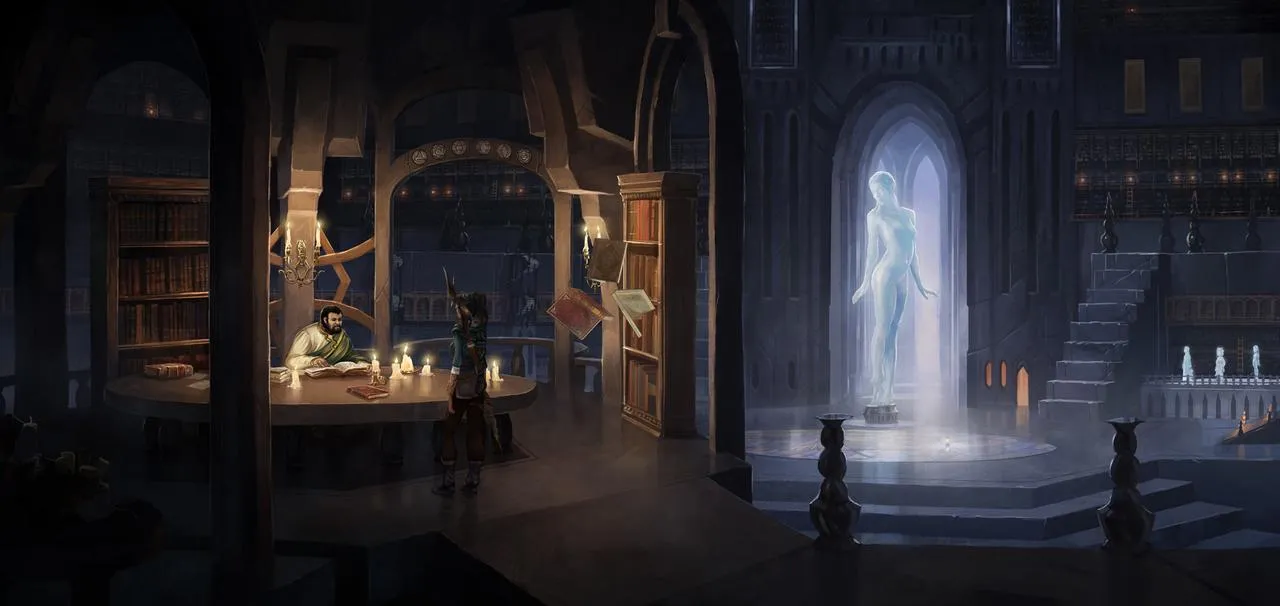
The Dark Eye: Memoria Review: A Timeless Tale of Magic and Mystery
Contents
The Aventuria continent has long been the home of one of the world’s most popular role-playing games, originating from Germany: Realms of Arkania, now known as The Dark Eye. Stemming from the pen-and-paper RPG format, its fame has even surpassed the legendary Dungeons and Dragons. For Daedalic Entertainment, an independent studio specializing in adventure games, The Dark Eye is fertile ground for developing narrative-driven experiences. The Dark Eye: Memoria is a testament to that vision.
A Lost Epic of Love and Sacrifice
Despite its seemingly unrelated title, The Dark Eye: Memoria is a sequel to The Dark Eye: Chains of Satinav, another acclaimed adventure game by Daedalic released in 2012. Unlike its predecessor, Memoria’s narrative intertwines two stories separated by 500 years, featuring two distinct protagonists.
The first narrative follows Geron immediately after the events of Chains of Satinav. His beloved, the fairy Nuri, is now trapped in the form of a raven, slowly losing her humanity. Geron’s quest to save Nuri leads him to Fahi, a Tulamide nomad possessing the magic to restore Nuri’s human form. However, Fahi demands a price: Geron must solve a riddle from dreams connected to the mysterious disappearance of Princess Sadja, a figure from centuries past.
 Geron and Nuri
Geron and Nuri
This marks the beginning of Memoria’s second, equally compelling narrative. Princess Sadja, as depicted in Daedalic’s pre-release trailer, is a princess “forsaken by the gods and forgotten by destiny.” She believed her life would be one of great importance, a story told for generations, yet by Geron’s time, she is unknown. Her story has been lost to time, its ending a mystery, until Geron experiences his first dreams of her adventure.
Daedalic leverages its storytelling prowess, making the narrative Memoria’s strongest asset. Players are immersed in a world of wizards, golems, monsters, spirits, and other mythical creatures, gaining deeper insights into Satinav, the god of time in Aventuria.
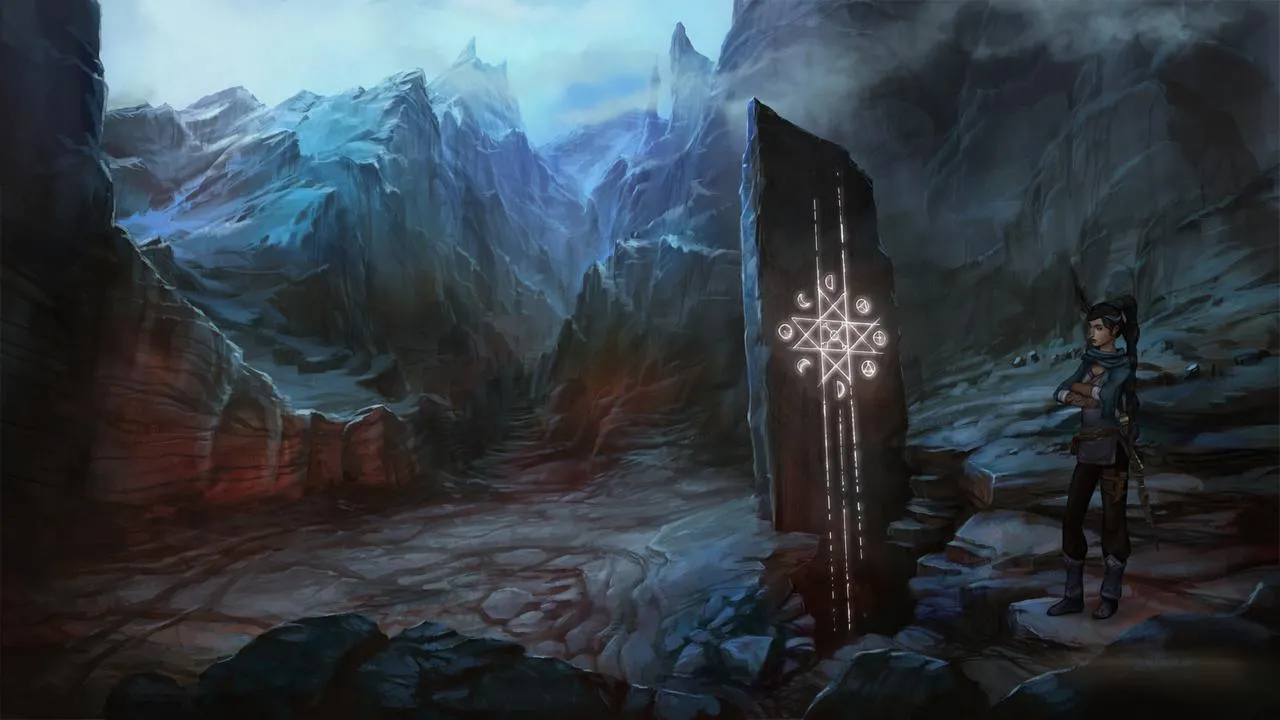 Sadja in the Desert
Sadja in the Desert
Engaging Puzzles Rooted in Lore
Players familiar with Chains of Satinav will find Memoria’s gameplay familiar. Core mechanics like inventory management and dialogue choices remain largely unchanged, preserving the strengths of its predecessor. Magic, fittingly, plays a crucial role in Aventuria, and even more so in Memoria’s puzzles. New spells like petrification and telepathy add layers to the puzzle-solving experience.
Since Geron’s magical abilities are limited to the destruction/restoration spells from Chains of Satinav, the new magic is primarily wielded by Sadja, whose gameplay segment occupies a significant portion of the game. Daedalic crafts a world for Sadja even more mythical than Geron’s present-day Aventuria, rich with magic and mystery, providing the perfect backdrop for Memoria’s puzzles.
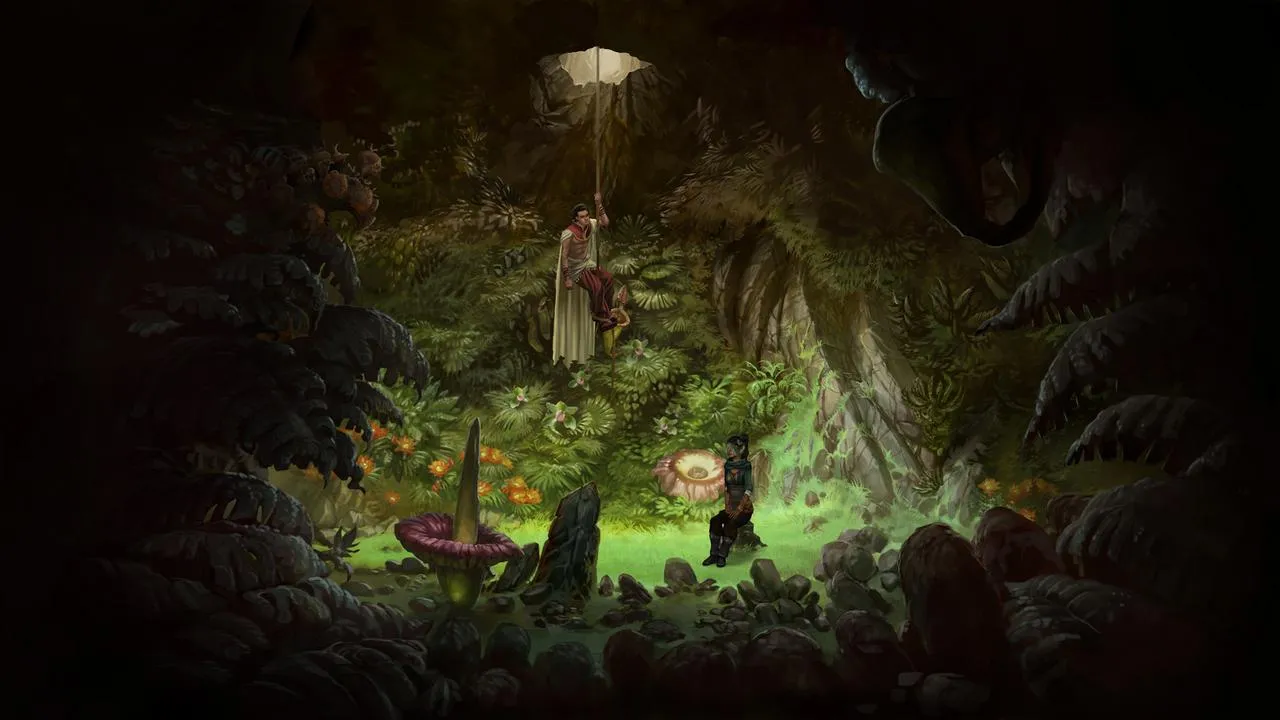 Geron in a Forest
Geron in a Forest
Drawing on their experience with numerous adventure titles, Daedalic designs puzzles that are generally straightforward and don’t require excessive time to solve. Challenging puzzles exist, but they are not as frequent as in other adventure games. This allows players to focus on the captivating narrative, although it does contribute to a shorter overall playtime.
Crucially, Memoria’s puzzles are logical and grounded, even within its fantastical setting. Especially in the latter half of the game, the well-crafted puzzles might even require players to take notes to progress. The hints provided are well-balanced, encouraging thought without being overly obscure or revealing the solution outright.
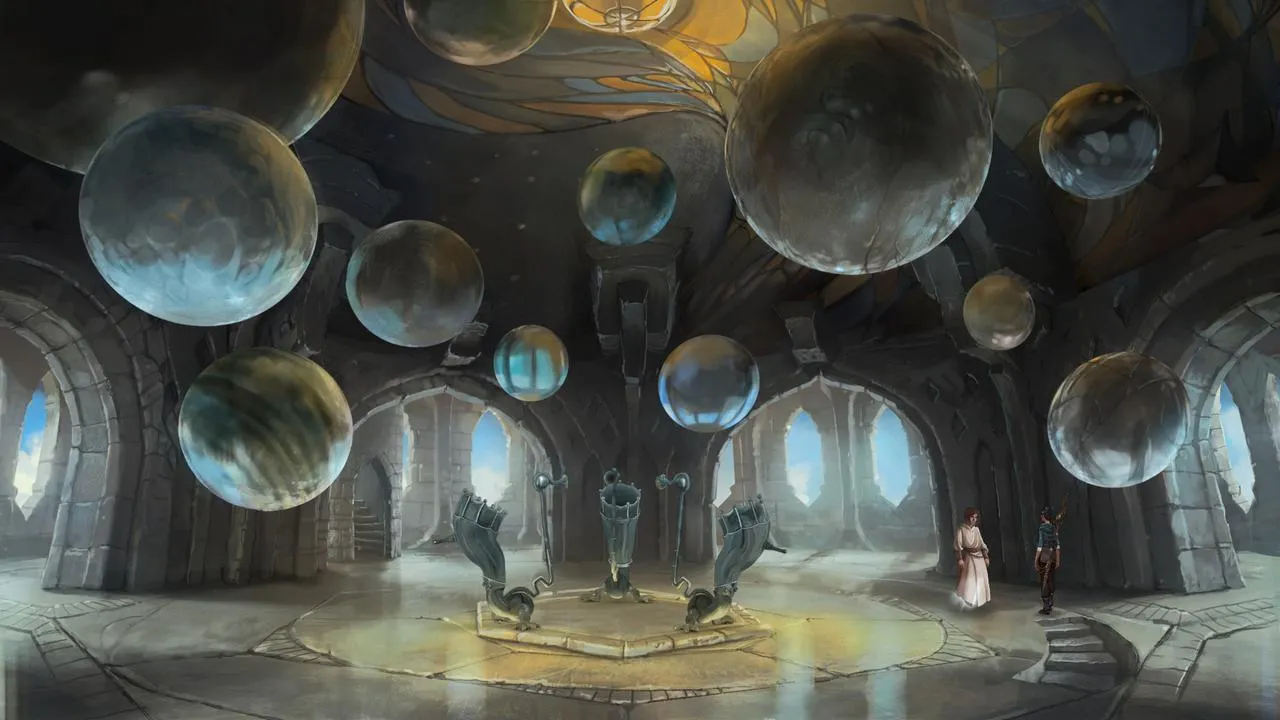 Sadja Facing a Golem
Sadja Facing a Golem
A Visually Stunning and Atmospheric World
Daedalic games are renowned for their visuals, and Memoria is no exception. Each Daedalic adventure offers a unique and vibrant world. If The Night of the Rabbit is a whimsical fairytale, Memoria is a mythical epic reminiscent of One Thousand and One Nights.
The hand-drawn backgrounds in Memoria, crafted by talented artists, exude a mystical and somber atmosphere, particularly evident in locations like Drakonia Fortress and the Gorian Desert. Learning from Chains of Satinav, Daedalic ensures that characters like Geron and Sadja blend seamlessly with the backgrounds, avoiding the over-bright character designs of the previous game.
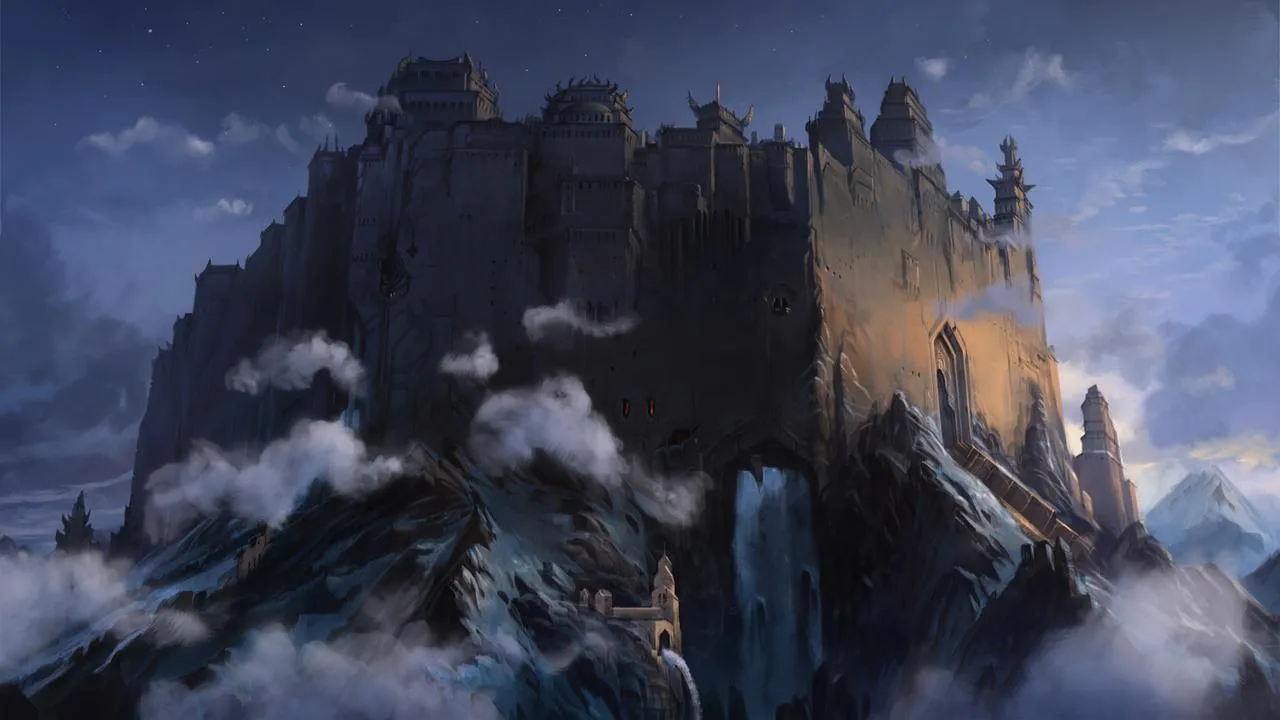 Sadja in a Mystical Setting
Sadja in a Mystical Setting
The visuals are complemented by a strong soundtrack, composed by Knights of Soundtrack, the same team behind Chains of Satinav. The music retains the epic and mystical quality expected from a Dark Eye title. Considering Chains of Satinav won the “Best Adventure Game Soundtrack of 2012” award by readers of AdventureCorner, a prominent German adventure game website, Memoria’s soundtrack is equally deserving of praise.
Minor Technical Hiccups
While Memoria is a polished experience, some graphical flaws are worth mentioning. Character animations can appear stiff, a common issue in Daedalic’s adventure games. Transitions between scenes are occasionally jarring, giving the impression of stitched-together images, and some backgrounds may briefly appear broken before fully rendering.
While the voice acting for main characters like Geron, Nuri, and Sadja is excellent, the supporting cast is less impressive. The villains, in particular, lack the vocal presence to convey their antagonistic nature.
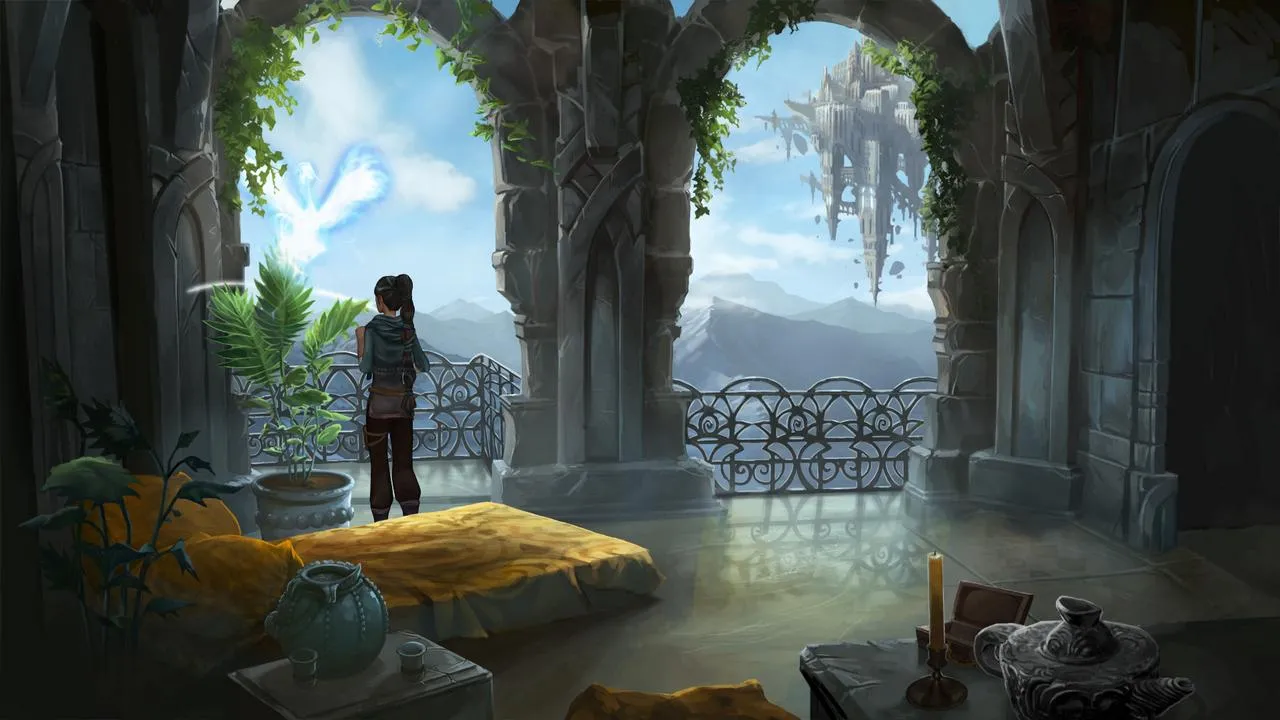 Geron in a Cave
Geron in a Cave
Conclusion
The Dark Eye: Memoria delivers a captivating narrative intertwined with engaging puzzles and stunning visuals. While minor technical issues exist, the game’s strengths lie in its storytelling, world-building, and puzzle design. Fans of adventure games, particularly those who enjoyed Chains of Satinav, will find Memoria a worthy successor and a must-play.





Comments (0)